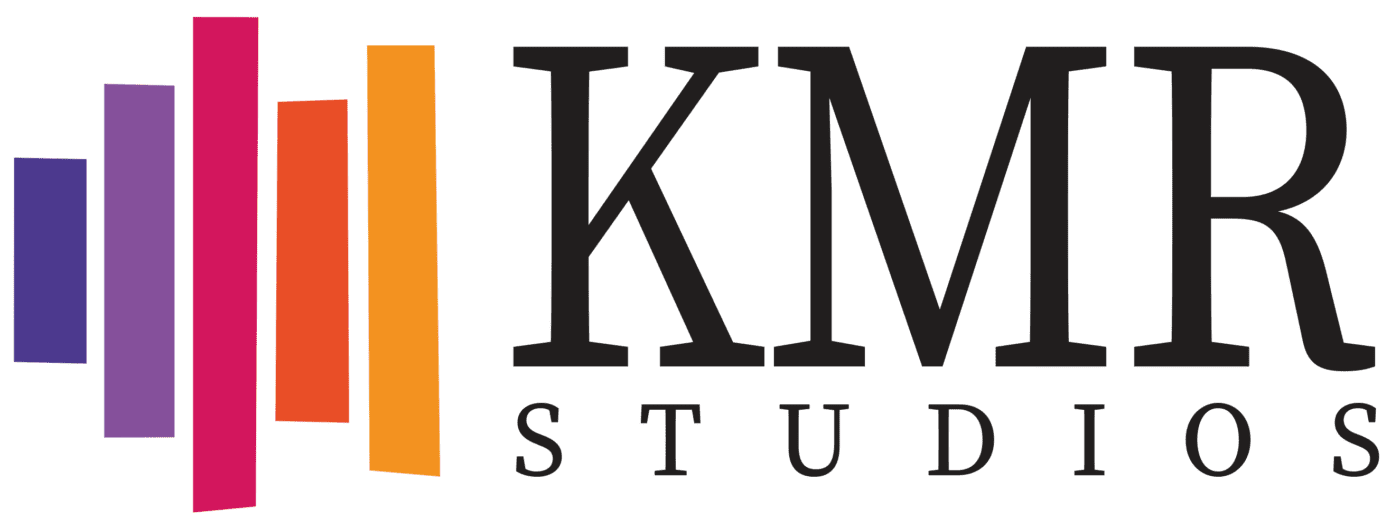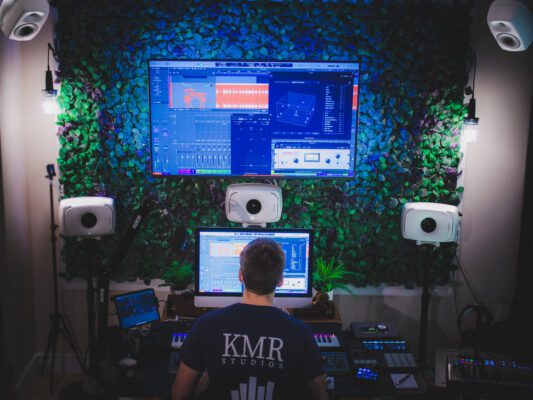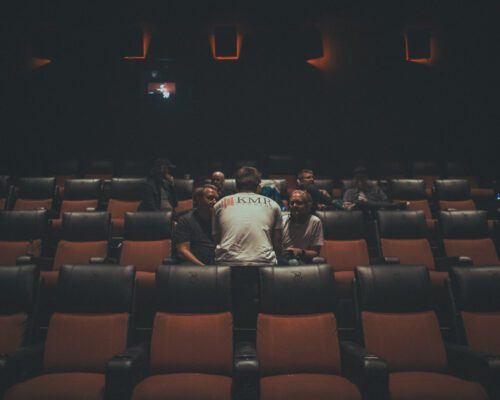Behind the Song “Carry ft. Frida Karlsson”
The First Song I Produced in Studio
When I started recording the song Carry, I bought Logic Pro X along with it. It’s a music program where you play and record sounds, mix and finalize the music before releasing it on Spotify. I knew very little about music production when I started in June 2019, but I was very curious. In this post, I will talk a little about the process behind the song Carry, the lyrics, and an overview of the journey a song takes—from idea to Spotify.
Why Logic X Pro?
I chose Logic X Pro simply because I had used Garageband before. Garageband is like an über user-friendly version of Logic, it’s free and usually comes pre-installed on Apple computers. Garageband doesn’t look entirely different on the surface; the major difference is that it has fewer buttons and more symbols instead of letters. It’s an incredibly powerful tool. I highly recommend it for anyone looking for a program to start recording music. Provided you have a Mac, that is. But for those wondering which of these music programs to use, choose the one your friends or acquaintances use, that’s the best choice because then you can ask for advice. If you’re the only one in your circle interested in making music, go with Garageband if you have a Mac. If you don’t, I would vouch for Ableton. It does cost money, but it’s often included when you buy music equipment like an audio interface or keyboard. I’m happy to write more about DAWs (digital audio workstations/music programs) if you’re interested. Feel free to leave a comment or contact me directly, and I’ll arrange it!
Behind: Carry ft. Frida Karlsson
Two Hundred Hours
Yes, it probably took about 200 hours from the idea in my head to when I submitted the song to my distributor Amuse. That includes tutorials and such. I knew so little when I started, which made it incredibly fun. I spent several hours every day during my entire vacation. That’s when you learn a lot.
I listened to the same beat (that I made in Garageband on my phone) when I drove down to Gothenburg. Then I started looking for a melody and a hook that would fit—and there it was, I “found” it: “I can’t carry you, but know that if I could then yeah—I would.”
There was something beautiful in that line, I thought. “I can’t be there for you, but if I could, I would gladly be.” When I arrived at the hotel in Borås, I grabbed my guitar and found a chord progression that suited it. After that, I started exploring how the verses could sound. Often when I write songs, it feels more like I discover them rather than write them. It’s hard to explain, but sometimes it really feels like it’s not me who’s in control. That’s how it felt with Carry, I was obsessed with the song. I had to stop playing the guitar because my fingers hurt so much from all the playing.
The lyrics were completed within a few days, and now it was time for me to show the song to Frida Karlsson. The song started with the idea that we would sing it together. Luckily, she liked it and quickly became as excited as I was to get started! And so we did! When I returned to Uppsala, we recorded the vocals, and I started recording everything else.
From Idea to Spotify
Production
I play all the instruments on Carry: the electric bass I bought in Sala via Facebook Marketplace, the acoustic guitar I bought for myself as a present for completing my master’s degree, percussion via a MIDI keyboard I bought last spring, the electric guitar that I’m still unsure whose it is. I also recorded other sounds like my toaster (which I used as a cymbal sound, really fun). It has been incredibly cool to see my home studio come together, mainly because it unlocks so many possibilities for creativity.
Mixing and Mastering
Once everything is recorded and organized, the work on Mixing begins. This is where you add effects, balance volumes, and make sure all the sounds come together and sound good. This part takes up at least one-third of the time spent on the song, at least for me. When that’s done, and the song sounds more or less finished, it’s time for the final step: Mastering. Now, the entire music project is summed up into a single audio file and prepared for streaming. It primarily involves making sure the song sounds good in as many places as possible. You ensure that the sound level is adequate, and that all frequencies are balanced in a way that works in various environments (cars, large/small rooms, headphones, mobile speakers, etc.).
Distribution
Okay, the song is ready. What happens now? Can I just give it to Spotify? Unfortunately, no. First, you need to create cover art and then find a distributor like Amuse, where you upload your song (along with all the associated data and materials). Once you’ve uploaded it there, it takes about three weeks before it’s published on all streaming platforms. And then, suddenly, the song is there. It’s hard to explain the feeling of seeing yourself on Spotify. I love that feeling.
Moving Forward
Finally, there are many other things that are good to take care of, especially if you don’t have a record label behind you. Organizations like STIM, SAMI, and similar are very good to register with. That’s several posts in itself.
It has been a lot to learn in recent months, but it has been incredibly fun.
This Friday, I’m releasing my second single, which I’m doing together with Timmy Lindgren and Jennifer Sällström. The song is called “Find Me,” and I’m incredibly proud of it. I’m excited to share it with all of you.
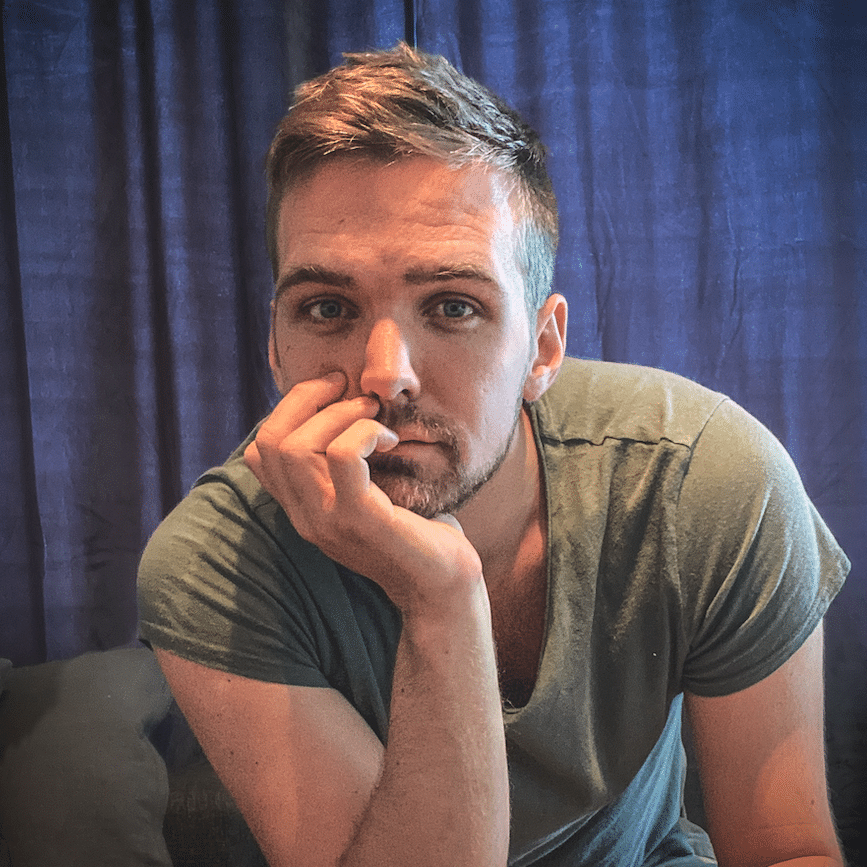
Filip Killander made his debut as a solo artist in late summer 2019 and has since released a series of singles and been part of several exciting collaborations.
Read more about Filip
Discover more artists!
Through these links you can discover our artists and find information about their release. Through the contact link you can find more information about how you can reach out to us.
Artists Get in touch
 Svenska
Svenska